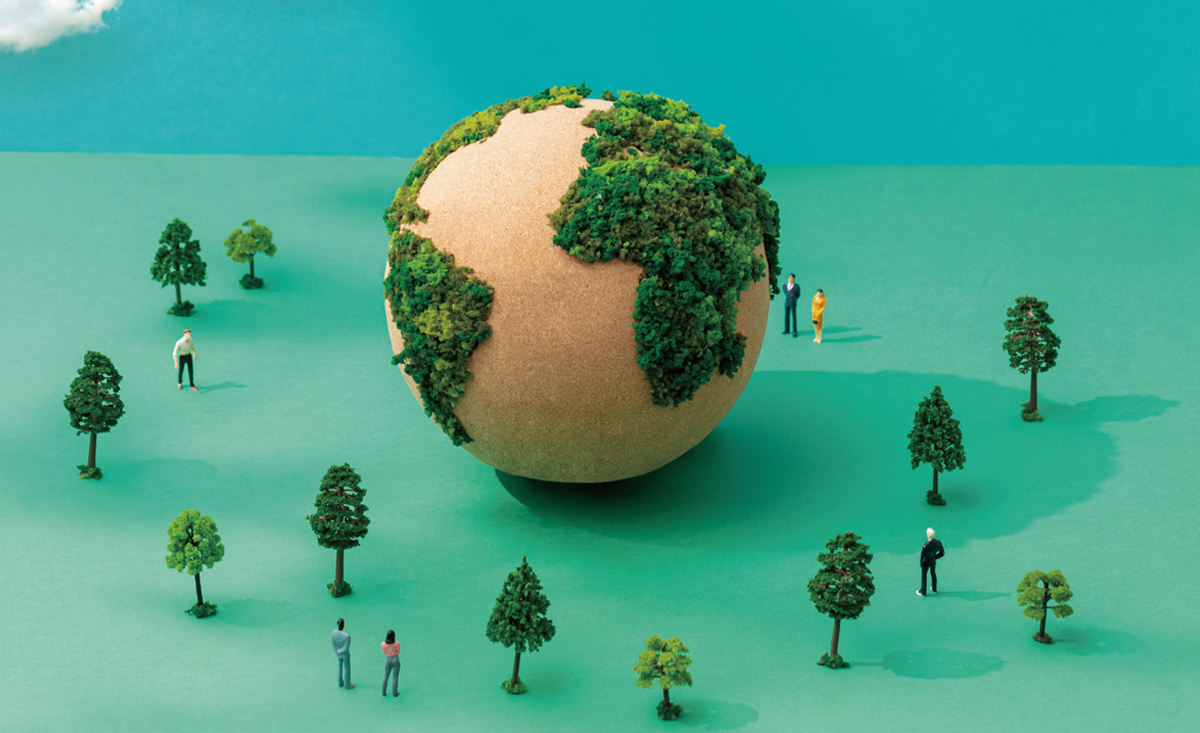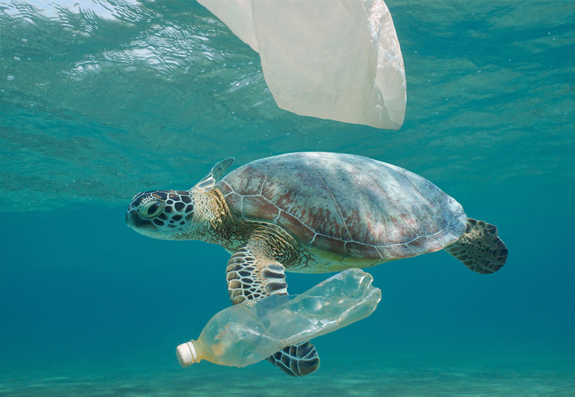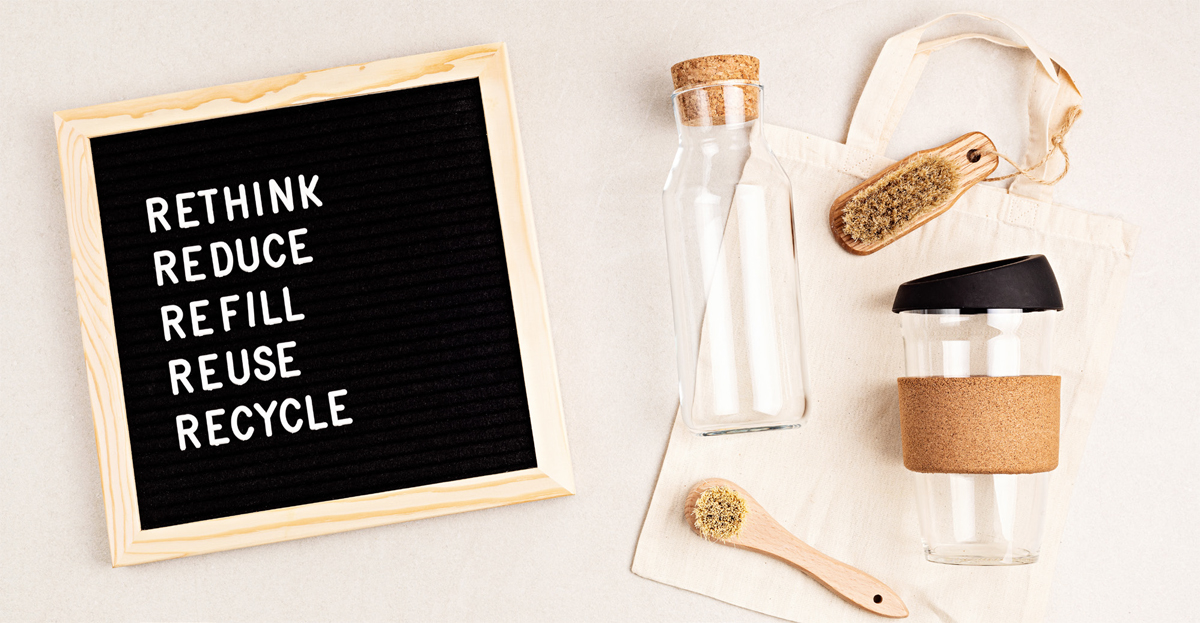COVID-19 and
the Environment
One of the unexpected positives of COVID-19 is the fact that nature is making a comeback while human activity is tapering off.
While the infectious disease is continuing to spread around the world, it allows us to look back on the environment.
As this is an opportunity too great to miss, we should join hands to make an extra effort to protect the environment.
While the infectious disease is continuing to spread around the world, it allows us to look back on the environment.
As this is an opportunity too great to miss, we should join hands to make an extra effort to protect the environment.


Advantages and disadvantages to the environment brought about by Covid-19
COVID-19 has wreaked havoc on our daily lives. It forced factories to shut down, grounded many commercial flights, and drastically decreased road traffic. As we have always thought only of economic gains, these changes were close to a disaster. Surprisingly, however, there is a bright side, namely that it has contributed significantly to air-quality improvement with days with clear blue skies outnumbering yellow dust days. According to researchers in Germany, the concentration of ultrafine dust in 2020 decreased by 10 to 33 percent after the pandemic, compared to that in 2019. The concentration of nitrogen dioxide, a major cause of photochemical smog, dropped by 13 to 48 percent as well.
There are other unprecedented changes in the environment. Above all, the number of visible animals, including birds, insects, and animals has increased significantly, partly because COVID lockdowns spared an enormous number of wild animals from becoming roadkill. An analysis of the statistics from three U.S. states (California, Idaho, and Maine) before and after lockdowns and travel restrictions shows that traffic volume decreased by 70 percent, which accounts for a 25 decrease of animals killed by vehicle traffic. As the statistics include only mid- to large mammals, such as deer and elk, it is likely that the coronavirus lockdown measures have in fact saved the lives of several tens of millions of wild animals.
Moreover, pet owners found themselves spending more time with their furry companions, resulting in a decrease in abandoned animals. However, the COVID-19 pandemic is a mixed blessing for the environment. With online shopping increasing exponentially, the Earth is drowning in plastic pollution caused by packaging waste and disposable plastics. Most of the waste will be landfilled, polluting the soil or flowing into the ocean and affecting marine wildlife, or being incinerated, releasing toxic substances in the air. Moreover, the shutdown of industrial activity has slowed down the forest monitoring activity as well, resulting in a 25 percent increase in forest fires in the Amazon and other tropical rainforests compared to 2019, and illegal logging. The coronavirus pandemic, after all, is a double-edged sword for the environment.
Moreover, pet owners found themselves spending more time with their furry companions, resulting in a decrease in abandoned animals. However, the COVID-19 pandemic is a mixed blessing for the environment. With online shopping increasing exponentially, the Earth is drowning in plastic pollution caused by packaging waste and disposable plastics. Most of the waste will be landfilled, polluting the soil or flowing into the ocean and affecting marine wildlife, or being incinerated, releasing toxic substances in the air. Moreover, the shutdown of industrial activity has slowed down the forest monitoring activity as well, resulting in a 25 percent increase in forest fires in the Amazon and other tropical rainforests compared to 2019, and illegal logging. The coronavirus pandemic, after all, is a double-edged sword for the environment.

Fresh New Insights into the Environment
Since the COVID-19 has its pros and cons, you may say that it has little to do with the environment. In fact, we have made a special effort to preserve the environment in diverse areas. However, it should be noted that the COVID-19 pandemic played a significant role in raising our awareness of and building public consensus on environmental issues as we witnessed the remarkable resilience and regenerative capacity of the earth.
Of course, we felt hopeless as we could do nothing but just watch nature rapidly deteriorating due to poachers and illegal loggers who have taken advantage of the global lockdown, and we grew fearful of living in a plastic planet. However, it rather prompted us to build consensus that we should do something for the environment. In this respect, coronavirus had a positive effect on raising our awareness of nature.
Of course, we felt hopeless as we could do nothing but just watch nature rapidly deteriorating due to poachers and illegal loggers who have taken advantage of the global lockdown, and we grew fearful of living in a plastic planet. However, it rather prompted us to build consensus that we should do something for the environment. In this respect, coronavirus had a positive effect on raising our awareness of nature.

Public Engagement in the Zero Waste Movement
Many organizations and individuals are joining the effort for environmental protection, engaging in diverse campaign activities and so forth. The “zero waste movement” is one of the ideas to save the earth. It is a green campaign that encourages people to create as little garbage as possible through recycling and precycling. Many consumers with increased awareness of plastic pollution are taking part in the movement. As a result, there are growing numbers of zero waste shops, which opt for plastic-free packing materials or little packaging.
Also, the public is getting on board through social media, such as the “ZeVe (zero waste and veganism) Club campaign staged by the Korea Federation for Environmental Movements, use of #zero waste hashtags for the encouragement of public engagement, and “Yonggi (which means “container” and “courage” in Korean) Challenge” by Greenpeace, to name a few. The “Yonggi Challenge” is designed to boost the “muster-your-courage-and-use-your-own-reusable-container” idea. Korea's President Moon Jae-in and his wife, and also, the Greenpeace ambassador and actor Ryu Jun-yeol, among others, are playing a vital role in taking the zero waste movement by storm.
Also, the public is getting on board through social media, such as the “ZeVe (zero waste and veganism) Club campaign staged by the Korea Federation for Environmental Movements, use of #zero waste hashtags for the encouragement of public engagement, and “Yonggi (which means “container” and “courage” in Korean) Challenge” by Greenpeace, to name a few. The “Yonggi Challenge” is designed to boost the “muster-your-courage-and-use-your-own-reusable-container” idea. Korea's President Moon Jae-in and his wife, and also, the Greenpeace ambassador and actor Ryu Jun-yeol, among others, are playing a vital role in taking the zero waste movement by storm.

Corporate Engagement in Environmental Movements
Businesses are also actively participating in the zero waste movement. Amorepacific, for instance, has signed an agreement with TerraCycle to recycle at least 100 tons of plastic bottles every year for the next three years and use 100 percent recycled plastic bottles by 2025. In line with the agreement, the Korea-based cosmetics powerhouse operates a “refill station,” where customers can buy refills only without containers in its store. You can choose a shampoo or body wash product you like among the 15 products, fill a container made of coconut shells with the right amount of it, and pay by the gram. As refills of the products are money-saving and environmentally friendly, consumers are responding positively to the refill station concept.
Hyundai Department Store is the first to launch the “Play Green Friends” campaign jointly with the Ministry of Environment in the retail business in Korea to collect empty plastic containers. It worked together with the social enterprise Touch4Good to recycle the empty plastic bottles brought by consumers into eco-friendly recycled flowerpots and donate the pots planted with Areca Palm or other air purifying plants to elementary schools in Seoul. Hyundai Department Store also introduced the “Green Package Project to reduce the use of plastic and styrofoam packaging, and “All Paper Packaging Project” to replace plastics with paper in packaging. In doing so, the retail giant expects to reduce the use of over 70 tons of plastics and 50 tons of Styrofoam per year.
Lotte Mart was the first supermarket in Asia to announce that it would reduce the use of single-use plastic containers and cut the amount of plastics used in the mart in 2019 by half by 2025. Lotte is also the first to launch a label-free bottled water brand, Isis. Since then, other bottled water brands are also producing bottled water without labels for the environment. CJ Cheiljedang also operates the sustainable packaging program “3R Strategy” in order to reduce packaging waste. Based on the eco-friendly packaging design (redesign), use of renewable materials (recycle), and use of nature-based eco-friendly raw materials (recover),” the company succeeded in cutting the use of 340 tons of plastics for its flagship product Haetban (instant cooked rice) and 111 tons of plastics for its cooking oil products by making the plastic containers thinner.
Lotte Mart was the first supermarket in Asia to announce that it would reduce the use of single-use plastic containers and cut the amount of plastics used in the mart in 2019 by half by 2025. Lotte is also the first to launch a label-free bottled water brand, Isis. Since then, other bottled water brands are also producing bottled water without labels for the environment. CJ Cheiljedang also operates the sustainable packaging program “3R Strategy” in order to reduce packaging waste. Based on the eco-friendly packaging design (redesign), use of renewable materials (recycle), and use of nature-based eco-friendly raw materials (recover),” the company succeeded in cutting the use of 340 tons of plastics for its flagship product Haetban (instant cooked rice) and 111 tons of plastics for its cooking oil products by making the plastic containers thinner.

Viruses and Environmental Protection for the Future
Due to the recent spread of the new COVID-19 omicron variant, it seems that the gradual recovery of normal life by living with COVID has yet to come. It is comforting to know that although the new variant Omicron is highly contagious, it is likely to be less severe than other COVID variants. Nevertheless, new variants of the virus are expected to occur, so we have no option but to prepare for the future with COVID-19 under consideration. It should be noted that if it is not COVID-19, other viruses may threaten humans due to global warming and environmental changes.
Fortunately, we have witnessed the impacts of COVID-19, both positive and negative, on the environment. The participation of businesses, public institutions, and individuals in various environmental campaigns is likely to become no longer just an option, but a necessity. We need to protect the environment and lessen our impact on the environment in order to protect ourselves from viruses. Now, the future of the environment is in our hands.
Fortunately, we have witnessed the impacts of COVID-19, both positive and negative, on the environment. The participation of businesses, public institutions, and individuals in various environmental campaigns is likely to become no longer just an option, but a necessity. We need to protect the environment and lessen our impact on the environment in order to protect ourselves from viruses. Now, the future of the environment is in our hands.
2022.01.01

